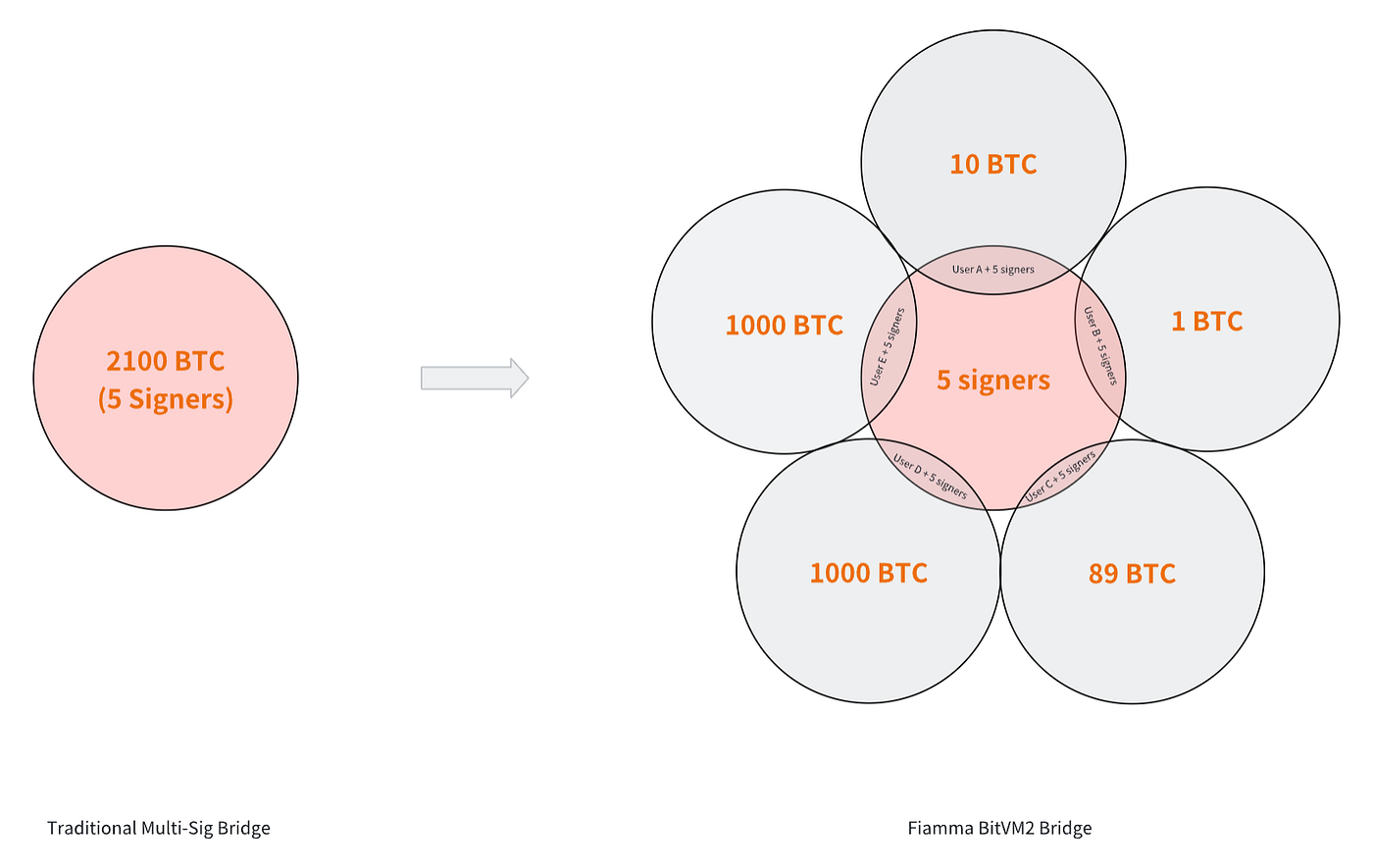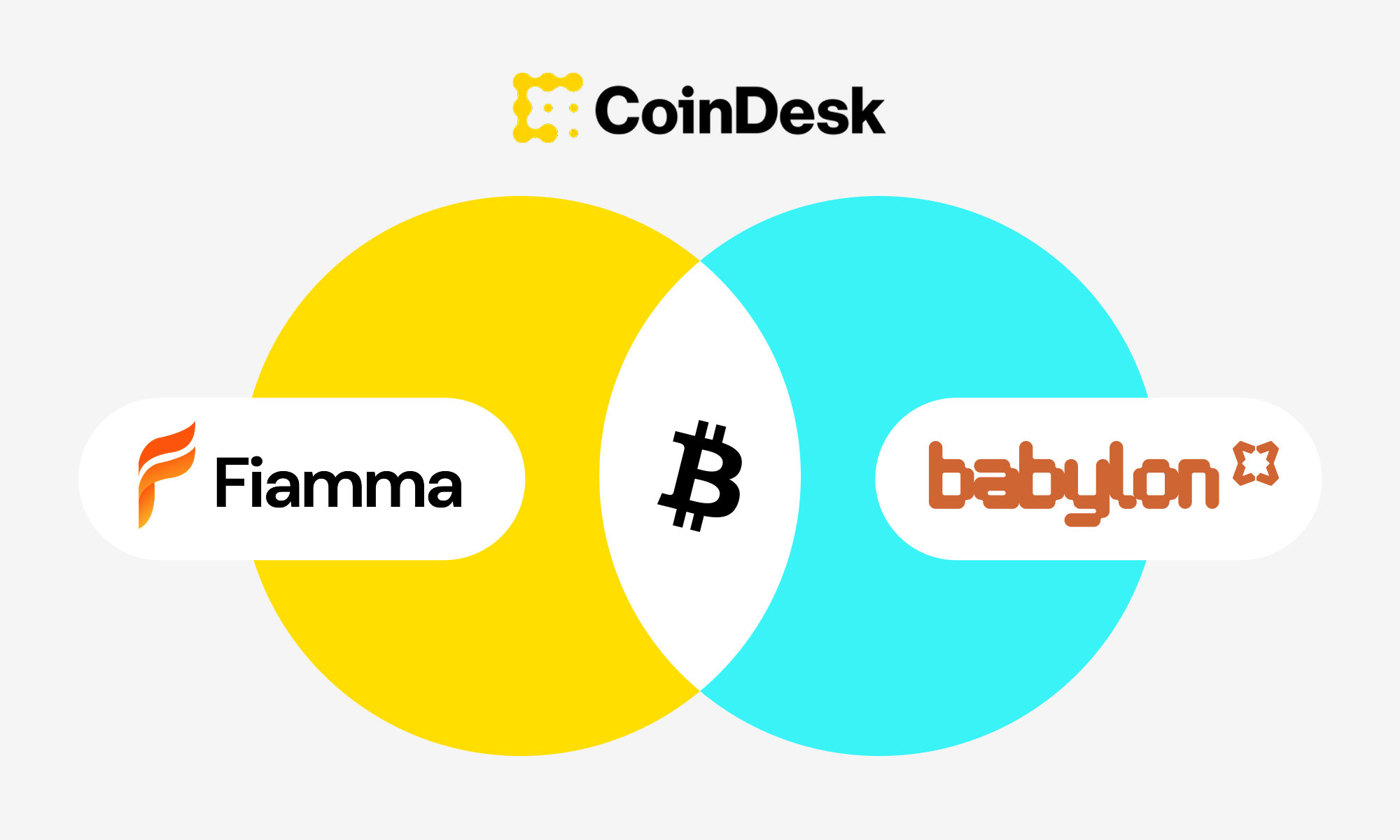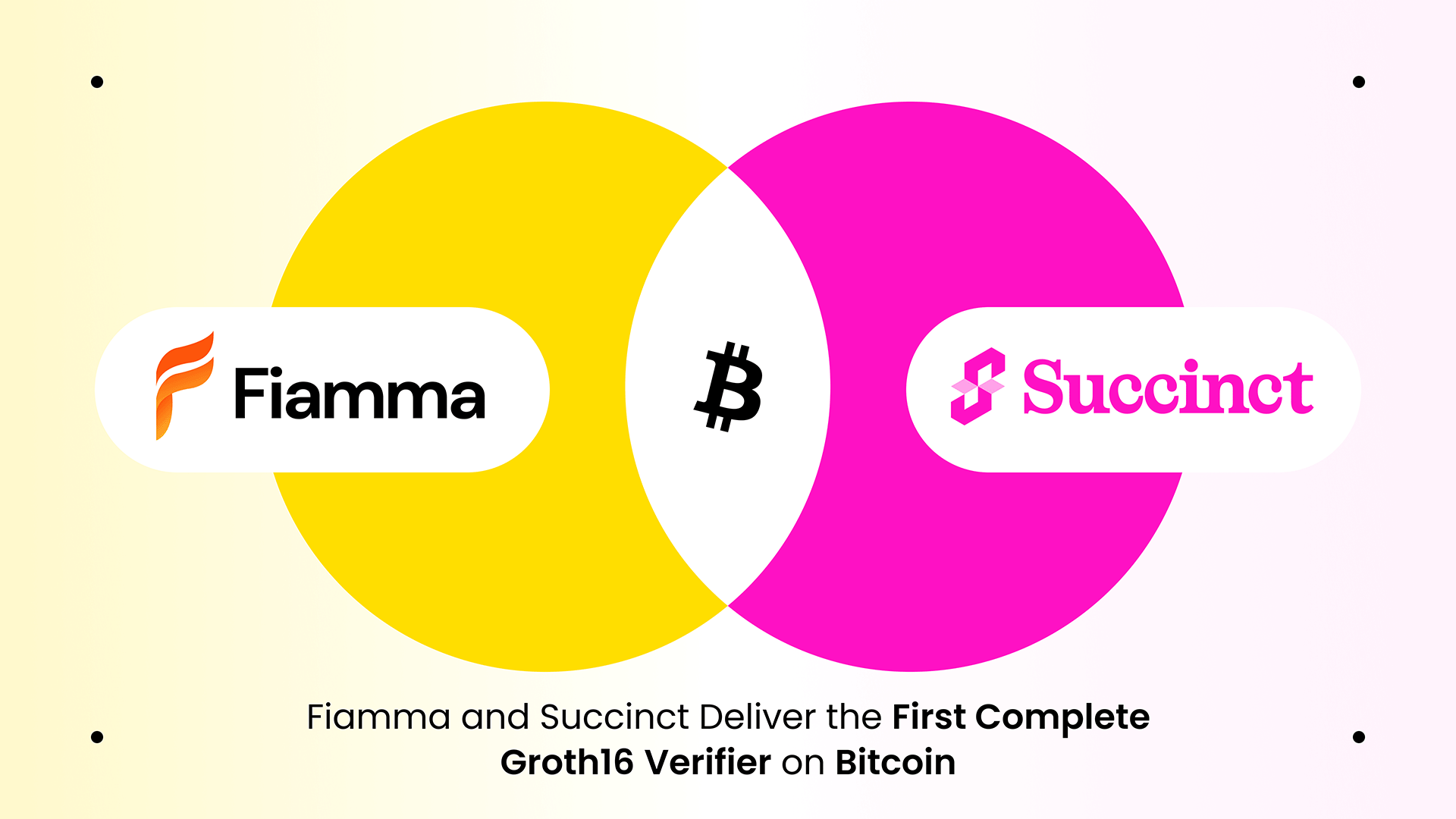From Ronin to Orbiter, from Multichain to Harmony, there’s a new high-profile bridge hack nearly every year. And they all share one terrifying truth:
Hackers only need a few private keys to drain everything.
These projects had serious teams and funding. So why couldn’t they stop it?
Is decentralization on blockchain really this fragile?
We analyzed 5 major bridge exploits and identified the core vulnerability in traditional multisig systems. More importantly — we’ve built a new kind of architecture that makes this entire category of exploit obsolete.
We call it: Isolated Safe Architecture™.
5 Real Bridge Disasters: From Phishing to Insider Threats

- Ronin Bridge|$625M lost(2022.3)
- Multisig address(5–9 TSS)
- Hackers compromised 5
- Attack analysis:Rekt — Ronin Network — REKT - Multichain|130M lost(2023.7)
- Multisig address(Parameters Unknown)
- Hackers compromised a critical number of SK shares
- Attack analysis:Rekt — Multichain — REKT 2 - Harmony Horizon|100M lost(2022.6)
- Multisig address(2–5 TSS)
- Hackers compromised 2
- Attack analysis:Rekt — Harmony Bridge — REKT - Heco Bridge | 99M lost(2023.12)
- Multisig address(Parameters Unknown)
- Hackers compromised a critical number of SK shares
- Attack analysis:Rekt — HECO Bridge, HTX — REKT - Orbit Bridge | 81.5M lost (2024.1)
- Multisig address(Parameters Unknown)
- Hackers compromised a critical number of SK shares
- Attack analysis:Rekt — Orbit Bridge — REKT
What do these bridges have in common?
👉 They all used multisig. And while that sounds secure — it’s dangerously misleading.

🔍 Why Are Traditional Bridges So Easy to Hack?
1. Centralized Multisig Structures
- Too few validators
- Heavy reliance on team insiders or close partners
- Hackers just need a few “master keys” to unlock everything
2. Poor Private Key Management
- Hot wallets hosted on cloud infrastructure are easily breached
- Rogue employees or ex-founders can act maliciously
3. Social Engineering
- Fake emails, impersonations, approval traps
- Hackers don’t hack code — they hack humans
Even if you increase multisig thresholds from 3/5 to 10/15, the problem doesn’t go away. As long as all assets sit in a shared vault, attackers only need to target the weakest few ⚠️
Fiamma’s Response: Isolated Safe Architecture™
We realized the real fix isn’t just “harder locks.” It’s making sure there’s no single vault to drain in the first place.
Fiamma Bridge is fundamentally different from traditional multisig bridges.
In Fiamma, every deposit is isolated and controlled by a different set of multisig signers.
This new security paradigm is what we call:
👉 Isolated Safe Architecture™

What Is Isolated Safe Architecture™?
Put simply:
Every user’s funds are stored in their own personal “safe”, co-controlled by the user + the bridge committee.
This means:
- Each user’s assets are logically and cryptographically separated
- If a hacker wants to steal User A’s BTC, they must compromise User A’s key
- Even if the entire committee is compromised, your BTC stays safe
- To steal all bridge assets, an attacker must breach every user + every committee key — a practical impossibility
That’s why we call it a “Safe” — because no one else can get inside your vault.
Visual Comparison: Traditional Multisig vs. ISA

Final Thoughts
Traditional bridges keep repeating the same mistake:
- “The lock is complex, but all the keys are in one place”
- “There are many signers, but the attack path is centralized”
Fiamma Bridge, powered by Isolated Safe Architecture™, flips the model entirely:
It’s not about building taller walls. It’s about making sure every door leads to a different room.
It’s not shared risk — it’s no shared attack surface.
If legacy bridges are like massive bank vaults, Fiamma is like a sealed grid of independent personal safes — where each user holds real power, and no attacker can move your BTC without your consent.
In this “dark forest” of cross-chain finance, it’s time to protect your assets with a new secure system.
About Fiamma
Fiamma is redefining the Bitcoin on-chain wealth management experience for everyone. Backed by Lightspeed Faction, we empower anyone to build and grow their Bitcoin reserves through seamless, secure, and trust-minimized infrastructure via our flagship product, Fiamma One — a one-click BTCFi superapp. As a leading BitVM2 developer, Fiamma is the official Bitcoin bridge partner for ecosystems like Babylon and BOB, with our bridge already live on testnets across Ethereum, Arbitrum, BNB Chain, Monad, Solana, etc.



